For many, back pain is probably that uninvited guest that overstays its welcome. It is a prevalent condition that affects millions of people worldwide, impacting their daily lives and productivity. While there are various causes of back pain, experiencing sharp pain in the back when breathing or feeling back pain with deep breaths can be particularly concerning.
But what if we told you that finding relief from back pain could be as simple as taking a deep breath? It might sound too good to be true, but we have research and study to back our claim that breathing exercises can actually help alleviate back pain and promote a healthier back. In this blog post, we’ll explore the connection between breathing and back pain, and we will share some simple yet effective breathing techniques to help you find much-needed relief. So, brace yourself and let’s jump right into it!
Understanding Back Pain:
Back pain is a common ailment that can range from a nagging discomfort to debilitating agony. A recent study analyzing national survey data reveals that 8.2 percent of American adults suffer from chronic severe back pain. Among these individuals, a staggering 74.8 percent experience challenges related to mobility, social participation, self-care, or work engagement. The research, carried out by experts from the Université de Montréal and the National Center for Complementary and Integrative Health, has been published in The Journal of Pain. In a separate Statista survey, it was revealed that 54 percent of US adults suffered from persistent back or neck pain for five years or more as of 2017.

While back pain is the most frequent cause of job-related disability and a leading contributor to missed work-days and visits to physicians, it can be categorized into acute and chronic, depending on its duration. Acute back pain often lasts for a short period, while chronic back pain persists for longer than three months. It can be caused by various factors, including muscle strains, poor posture, herniated discs, or even stress. Regardless of the duration and cause, back pain can significantly impact an individual’s quality of life, mobility, and work productivity. So it is important to prevent back pain from becoming chronic.
The Breath-Back Pain Connection:
Now, let’s talk about why studies show breathing could be your secret weapon against back pain. According to the National Institute of Health, three studies reported improvements in pain and quality of life with breathing program interventions. Picture this: your back muscles and your breath are in this beautiful dance together. When you consistently engage in shallow breathing, the diaphragm, a crucial muscle responsible for breathing, can become underutilized. This lack of diaphragm engagement leads to the tightening and shortening of the core muscles, including the back muscles.
As the back muscles, particularly the back extensors, become tight and shortened, the position of the ribcage is altered, restricting the free movement of the diaphragm. This restriction hinders the diaphragm’s ability to fully expand and contract as we breathe. Consequently, the back muscles struggle to relax properly.
Instead of the natural expansion and contraction of the ribs with each breath, the ribcage moves as a rigid unit, simply shifting up and down. This limited range of motion contributes to a range of issues, including back pain and discomfort.

But if you take slow, deep breaths, you’re engaging your diaphragm, the superstar muscle beneath your lungs. Since it’s connected to the muscles in your lower back, it sets off a magical chain reaction that can bring relief to your aching back.
Based on this evidence, healthcare professionals are considering incorporating breathing exercises into treatment plans for back pain. Frequency ranged from daily to 2-3 times per week, with durations of 4 to 8 weeks.
Now that you understand the connection between back pain and breathing, let’s explore how breathing exercises can help reduce pain and provide relief:
Relaxation and stress relief: Stress and tension can contribute to back pain. Deep breathing exercises, such as diaphragmatic breathing or belly breathing, activate the body’s relaxation response, reducing stress levels and easing muscle tension. By taking slow, deep breaths, you signal your body to relax, which can alleviate both physical and emotional stress contributing to your back pain.
Improved posture: Poor posture can strain your back muscles and lead to discomfort. When you consciously focus on your breath, it naturally promotes better posture. As you take deep breaths, your chest expands, and your spine naturally aligns, reducing the strain on your back muscles. So, in addition to reminding yourself to sit or stand up straight, paying attention to your breath can help you maintain good posture throughout the day.
Increased oxygenation and circulation: Deep breathing brings more oxygen into your body and enhances blood circulation. Oxygen is essential for healing and nourishing your muscles, including those in your back. By improving oxygenation and circulation, you support the healing process and promote a healthier back.
Breathing techniques for back pain relief: Let’s explore a few simple breathing techniques that can provide relief:
- Assume a position that is comfortable for sitting or lying down;
- Place one hand on your chest and the other on your abdomen;
- Inhale deeply and slowly through your nose, sensing your abdomen expanding as your lungs fill with air;
- Exhale slowly through your mouth, focusing on releasing tension from your back and shoulders;
- Repeat this process for a few minutes, allowing each breath to be slow, deep, and calming.

- Imagine a box and trace each side of the box as you breathe;
- Inhale slowly to the count of four, allowing your abdomen to rise;
- Hold your breath for a count of four, maintaining a calm and relaxed state;
- Exhale slowly for a count of four, releasing any tension in your back;
- Once again, hold your breath for a count of four, maintaining a steady rhythm;
- Continue this pattern for a few minutes, concentrating on the steady rhythm and the relaxation it brings.
- Find a position that feels comfortable, either sitting or lying down;
- Position the tip of your tongue just behind your upper teeth and release a gentle exhale through your mouth;
- Now, close your mouth and take a slow inhalation through your nose, counting silently to four;
- Hold your breath for a count of seven, maintaining a steady and relaxed state;
- Finally, exhale slowly through your mouth, counting to eight, releasing the air steadily and calmly.
Remember, consistency is key when it comes to breathing exercises. Incorporate these techniques into your daily routine, especially during moments of back pain or stress, to experience the best results.
Conclusion
Breathing exercises might not be a magical cure for all types of back pain, but they can certainly play a significant role in relieving discomfort and promoting a healthier back. By incorporating diaphragmatic breathing, box breathing, or progressive muscle relaxation into your routine, you can tap into the power of your breath to alleviate stress, improve posture, and increase relaxation. So, take a moment, focus on your breath, and let it be your ally in finding relief from back pain.











